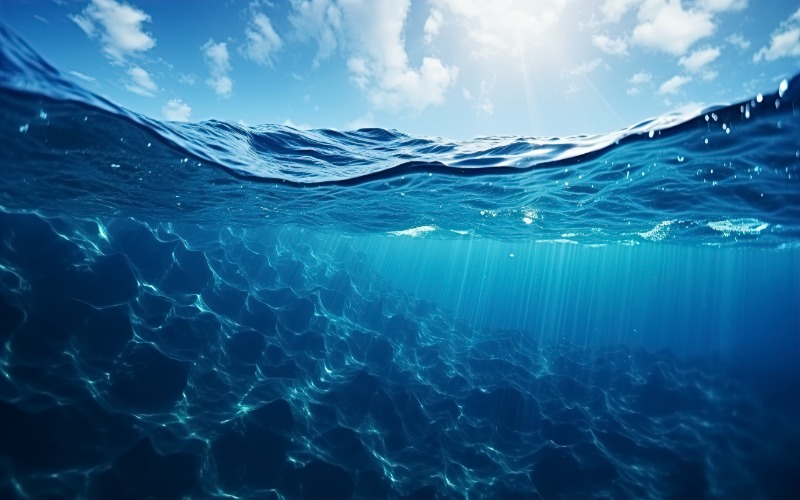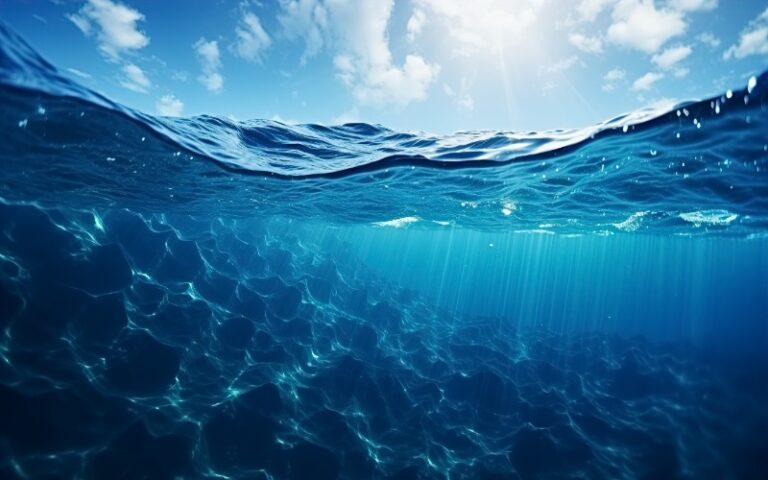
[ad_1]
A wave of progressive oceanography know-how has unlocked the mysteries of the deep blue sea, permitting scientists to look at essentially the most urgent human and climate-induced impacts on marine ecosystems. These observations and insights additionally assist them higher perceive the consequences of air pollution, adjustments in currents and marine wildlife behaviors, and the place hidden sources lie untapped. Listed here are six unbelievable developments in how we research the ocean.
1. Photorealistic 3D Digital Twins
In April 2024, Australia’s Nice Barrier Reef (GBR) suffered unprecedented bleaching throughout 73% of the surveyed park — an occasion scientists say is a direct results of local weather change. But, the GBR maintains financial, cultural, and environmental worth, together with serving as a habitat for endangered marine species.
Researchers are actually utilizing synthetic intelligence (AI) to create photorealistic 3D twins of reef sections in real-time. Photogrammetry produces the renderings, which endure processing in a supercomputer. Scientists can then use AI modeling to find out how local weather change impacts reef construction, enabling higher decision-making in restoration approaches.
2. Underwater Acoustic Monitoring
Marine noise air pollution has elevated dramatically as a consequence of transport, navy sonar, power exploration, and different human actions. The noise has detrimental results on species, together with listening to loss, acute stress, migrations, and disruptions in speaking, breeding, feeding, and nursing.
Acoustic monitoring is a crucial innovation in oceanography know-how serving to scientists study extra about marine populations. As an example, the Ocean Observatories Initiative makes use of hydrophones to review fin whale calls. Essentially the most prevalent name lasts one second at 20 hertz, which informs researchers about their migration patterns and communication.
Oceanographers might use acoustic monitoring tools connected to a submarine’s hull at depths over 180 meters or about 590 toes. Acoustic tools permits researchers to higher research marine life.
3. Animal Telemetry
Animal telemetry includes tagging marine wildlife with digital monitoring sensors to make clear species’ interactions with the ocean. This supplies insights into how local weather change and air pollution have an effect on sharks, turtles, whales, seals, and different animals.
The information collected instantly informs authorities businesses and conservation scientists concerning the altering marine environments and species behaviors, prompting vital regulatory adjustments. These coverage frameworks might forestall overfishing or situation higher protections in areas of excessive concern.
4. AI-Pushed Autonomous Underwater Robots
The ocean ground is darkish and expansive. Actually, the Mariana Trench within the Pacific is about 35,875 toes deep, making it the deepest a part of the ocean. At these depths, 91% of marine species stay undiscovered but give priceless understanding into the Earth’s geological transformations, evolution, advanced meals chains, and the way life adapts to excessive situations.
The newest autonomous underwater robots are actually geared up with AI know-how and may face up to tough environments, akin to excessive temperatures, excessive stress, and poisonous underwater gases. For instance, scientists just lately deployed an AI-driven underwater robotic off the coast of Santorini. The tools investigated the submerged Kolumbo volcano, sampling marine organisms in any other case too harmful for divers to achieve.
5. Floor Buoys
Floor buoys with GPS tags should not a brand new oceanography know-how. They’ve lengthy been utilized to review ocean currents and sea-level rise. The extra exact the readings, the larger likelihood scientists have of predicting the climate, figuring out how far oil spills and air pollution will unfold, and monitoring the ocean’s power switch.
To enhance accuracy, researchers from the Massachusetts Institute of Expertise have built-in machine studying. The latest fashions are comparatively simple to deploy and ship extra concise predictions and identification of the ocean currents.
Oceanographers can use the buoys’ knowledge to observe carbon, plastics, oil, and biomass, akin to Sargassum seaweed. At present, the Caribbean, Gulf of Mexico, and Florida coastlines are being choked by Sargassum blooms, which might have dire results on marine ecosystems, wildlife, and public well being.
The Nationwide Oceanic and Atmospheric Administration additionally screens a number of buoys throughout the ocean. One buoy, Peggy, has measured sea temperatures, salt content material, vitamins, and currents within the Bering Sea since 1995. Scientists use the info to evaluate the lack of sea ice.
One other 50 buoys are deployed worldwide to review ocean acidification in world coral reefs, coastal ecosystems, and open waters. These buoys present particulars about carbon dioxide concentrations in these areas.
6. Satellite tv for pc Oceanography
Satellite tv for pc imaging is essential to oceanography, enabling the distant aerial research of oceanic adjustments. Scientists might use the info to observe coral reef well being, oil spills, adjustments in sea floor temperatures, and dangerous algal blooms.
About 200 of 5,000 marine phytoplankton are poisonous to pure and human techniques. Spanish explorers from the 1500s described algal blooms as “purple water,” whereas quite a few sailors died after consuming contaminated seafood. Contemplating how 3.3 billion individuals eat fish worldwide as a crucial protein supply, algal blooms hurt many.
Satellite tv for pc sensing reveals a worldwide algal bloom enlargement of three.97 million sq. kilometers from 2003 to 2020. There has additionally been a median of 4.3 blooms yearly in twenty years.
Oceanography Expertise Illuminates Ocean Well being
Chopping-edge improvements in oceanography have enabled extra in-depth research about human-induced and pure injury to the ocean and the potential outcomes. As know-how advances and integrates with AI and machine studying, scientists can create a clearer method to enhancing marine well being.
[ad_2]
Supply hyperlink




